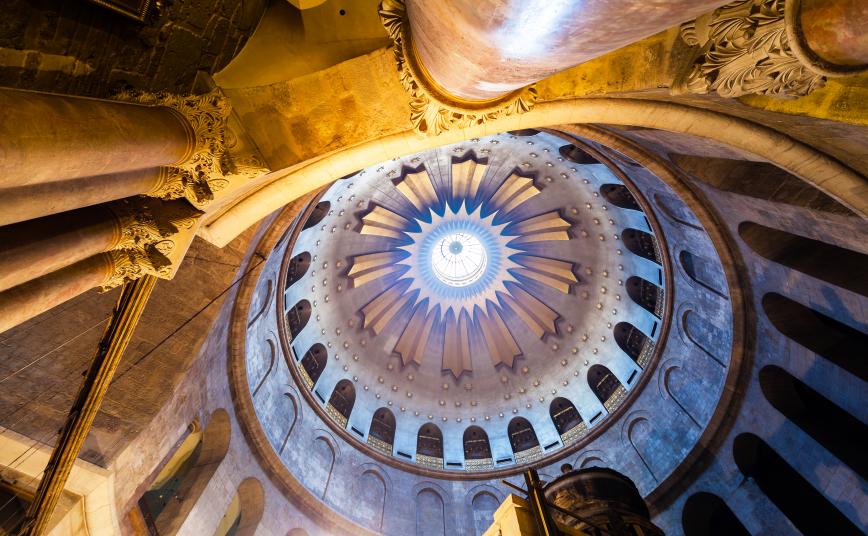When I was first investigating Catholicism, a Catholic friend was explaining to me the importance of the four marks of the Church—that, as the Nicene Creed tells us, the Church is one, holy, catholic, and apostolic.
As an Evangelical Protestant, I had given little thought to the Nicene Creed, and even less to the four marks. Still I quickly grasped three of the four marks: one, catholic, and apostolic. But, like many people, I stumbled on holy.
“What do you mean, the Church is holy? Haven’t you been paying attention? Don’t you know the first thing about Church history? Sure, you can make an argument that the Church is one, catholic, and apostolic, but be serious: all the evidence suggests that ‘holy’ is the one thing the Church is not.”
One answer to this common objection is that the Church’s “holiness” doesn’t mean that every member lives like Mother Teresa. Rather, we are saying that it is through the Church that God gives people like Mother Teresa the grace to be holy. The Church has the means of holiness, through the sacraments.
But we are also saying that, in a mystical way, the Church is holy, because it is the Body of Christ, and he is holy.
What does it mean to say that something or someone is holy? It means, literally, that it is set apart, consecrated for a sacred purpose. It is not profane—ordinary or run-of-the-mill.
This certainly describes the Church. Yet too often Catholics shy from representing the Church as “set apart,” in order to appear more “relevant.” We want to reach out to the world, so we make every effort to make the Church appear like the rest of the world. We do all we can to diminish anything that might make the Church stand out in the crowd. After all, if the Church appears odd, no one will be attracted to it. At least that’s the argument.

